Flandrien Hotel
The Cycling Haven in Belgium
Flandrien Hotel – The Cycling Haven in Belgium

»I think our setting is unique in the world. When people come here, it is part cycling and part reflection on many levels.«
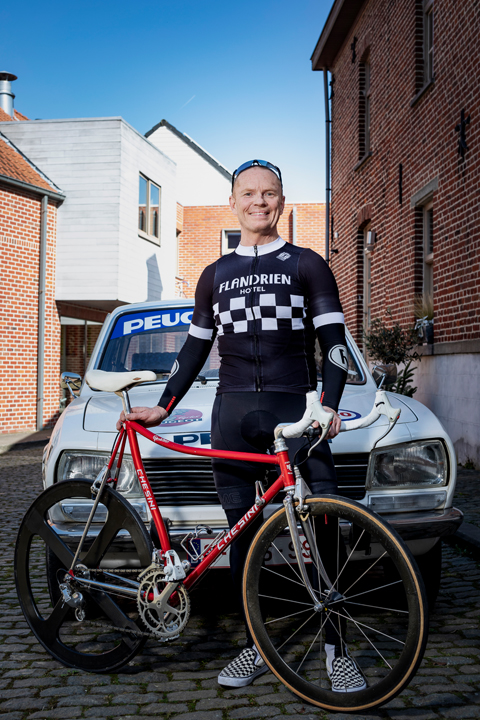
How did an Australian come to open a road bike hotel in the middle of Belgium?
I always say that I didn’t come for the weather, but I came for love and that’s two loves. One of them is my wife who is Belgian, and the second love is my passion for cycling.
The Flandrien Hotel happened almost by accident because I was looking for a holiday house here in the Flemish Ardennes a year and a half ago. And suddenly I saw this amazing place for sale, and it triggered my curiosity. I sensed that there was an untapped opportunity in this region which is a mecca for cycling and my research proved me right.
While you can find a lot of cycling hotels in Mallorca or Gran Canaria, there was hardly anything in the region here although more than 200,000 cycling tourists come to Flanders every year. This insight was the initial start for the idea to come up with the Flandrien Hotel.
You founded the hotel together with Bernard Moerman. How did you both meet and what is Bernard’s background?
We actually met about three years ago when I bought some bikes from him for my personal collection. Bernard had been running the Cycling Center, a cycling development hostel for more than 20 years, and had also founded and managed a professional team.
He was in the process of evolving from a mentor of young talents into mentoring and coaching business leaders, which aligned with my own experience as a business school professor and consultant.
So, we pretty quickly realised that we had a lot in common, shared the same values and we really benefited from each other’s company. Bernard is a remarkable person and I admire his creativity and wisdom immensely.
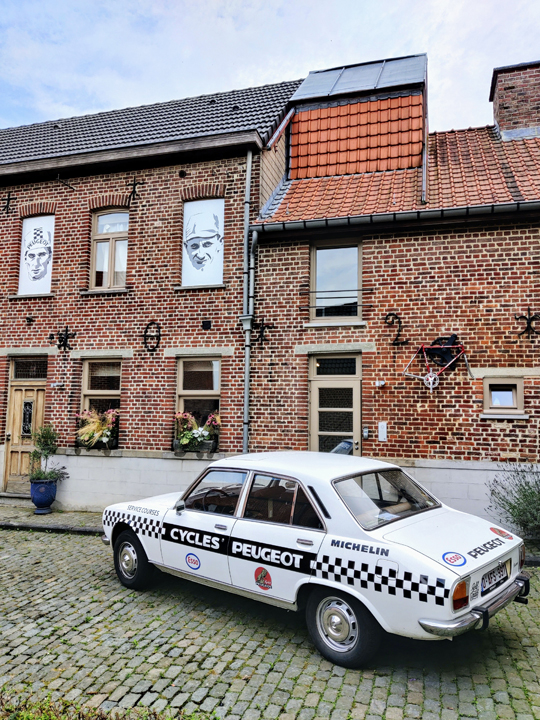
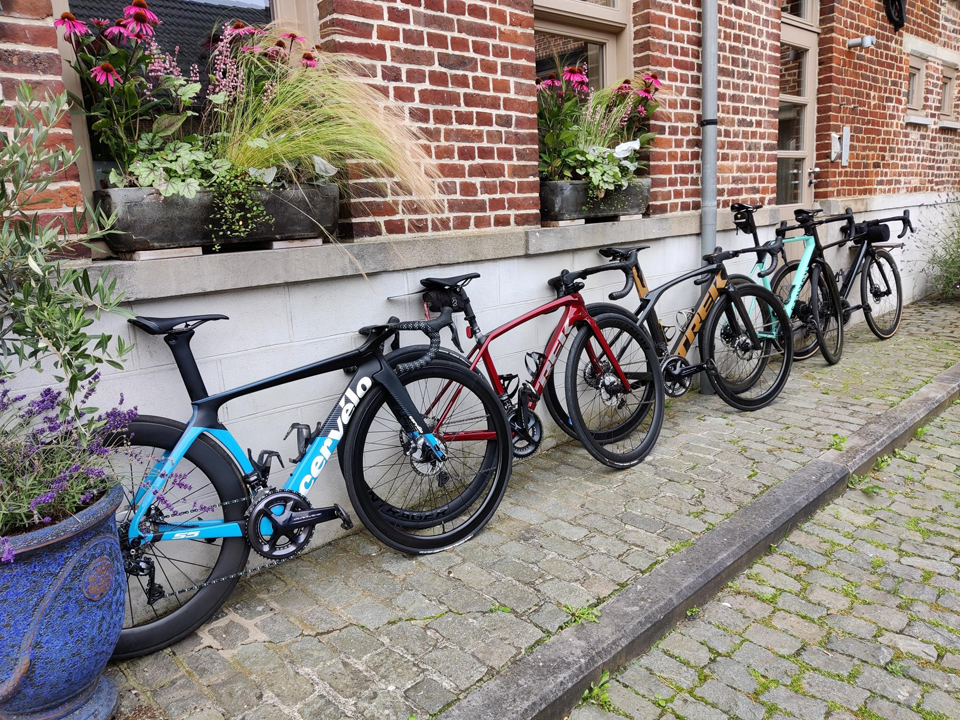
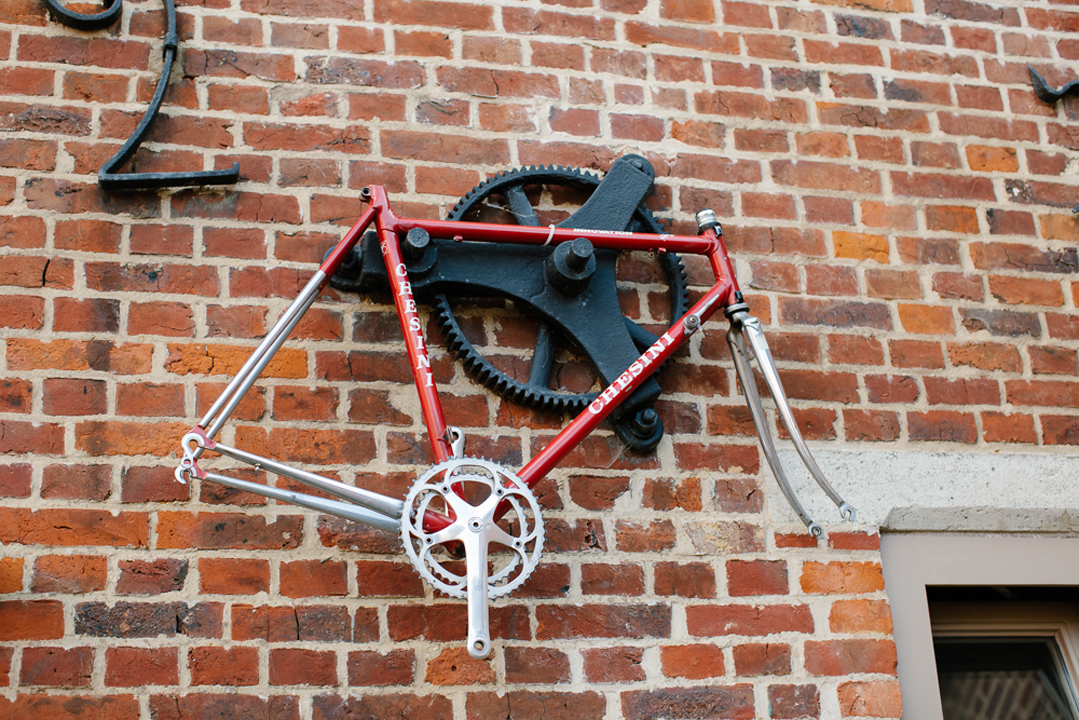
What’s the primary approach behind Flandrien Hotel?
I think our setting is unique in the world. Not just in terms of the facilities that we’ve brought together, the really immersive cycling experience, the bike collection and the art gallery. It’s much more than that.
The Flandrien is a place where like-minded people come together to connect, share and learn from each other. For them, cycling is not just a sport but a way of living. And it’s also a way of giving them time to reflect and introspect about what’s important to them beyond cycling. So, when people come here, it is part cycling and part reflection on many levels.
You’re offering seminars and the so-called “Think Week”. What can one expect?
Since many of our guests are successful businesspeople, entrepreneurs and creatives, we specifically offer formats that provide structured reflection beyond casual discussion. We have a leadership workshop and an entrepreneurship workshop which are tailored two or three-day events.
And then we have our Think Week, which is a structured week where people come in and can engage in mentoring and coaching. The other thing we’re doing is team-building events for organizations. Typically a CEO or Managing Director with their direct reports.
The hotel is right in the middle of the homeland of cycling. Which famous climbs and rides are just around the corner?
The most iconic climb in the world when people think of an image is the ‘Muur’ and that is literally 20 minutes bike ride from us. So, that’s the first go-to place and an amazing climb. And honestly, I still get a shiver when I take our international guests there. Some of them get really emotional when they ride up to the chapel at the summit. The second one is the Bosberg. You go down a winding descent, and then it’s a long and straight but very rough cobbled climb.
And then there’s a very nice little climb, not even 10 minutes from the hotel and that’s called the Leberg. This asphalt climb is regularly featured in the Flemish spring classics, and it’s positioned immediately after the legendary cobbles of the Haaghoek.
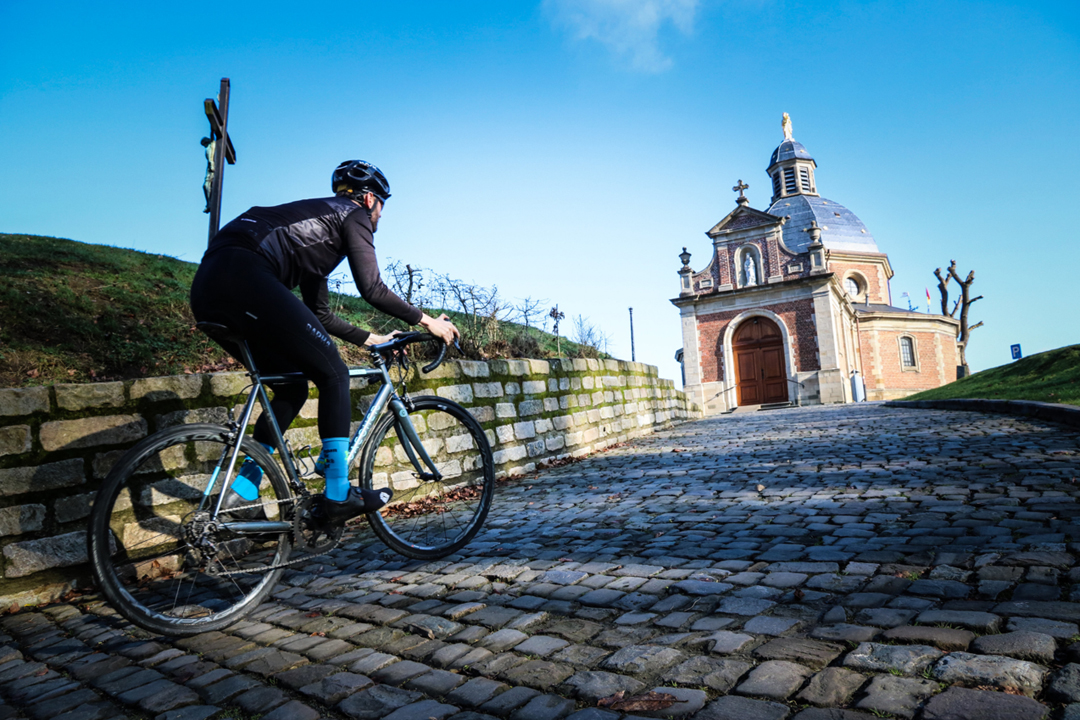
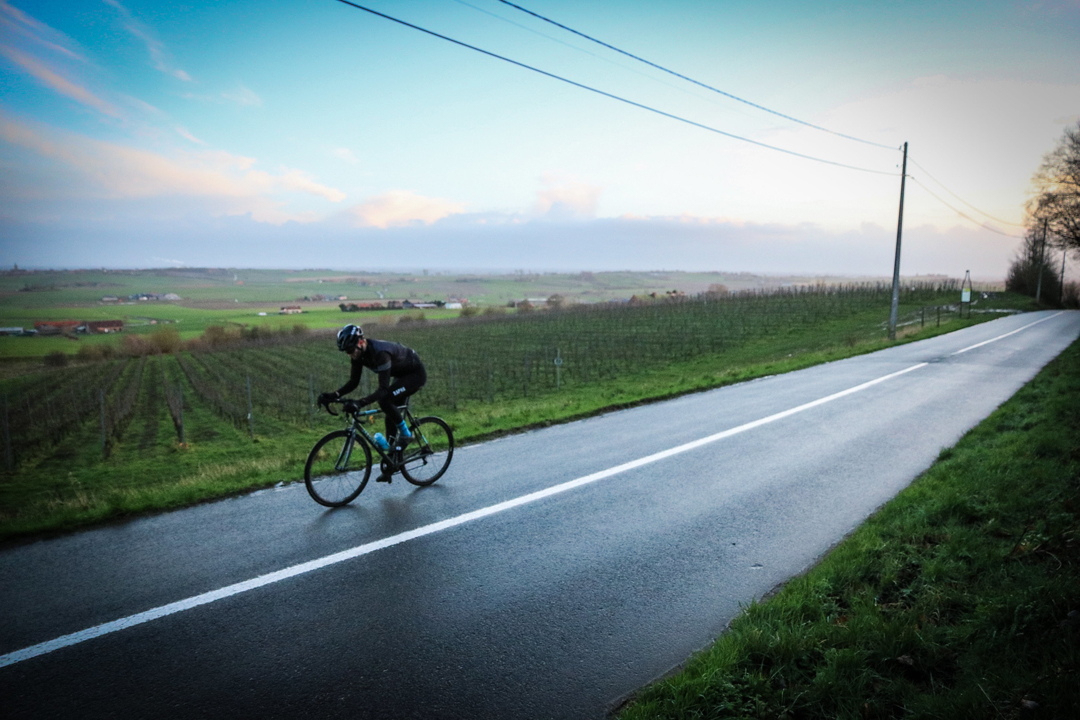
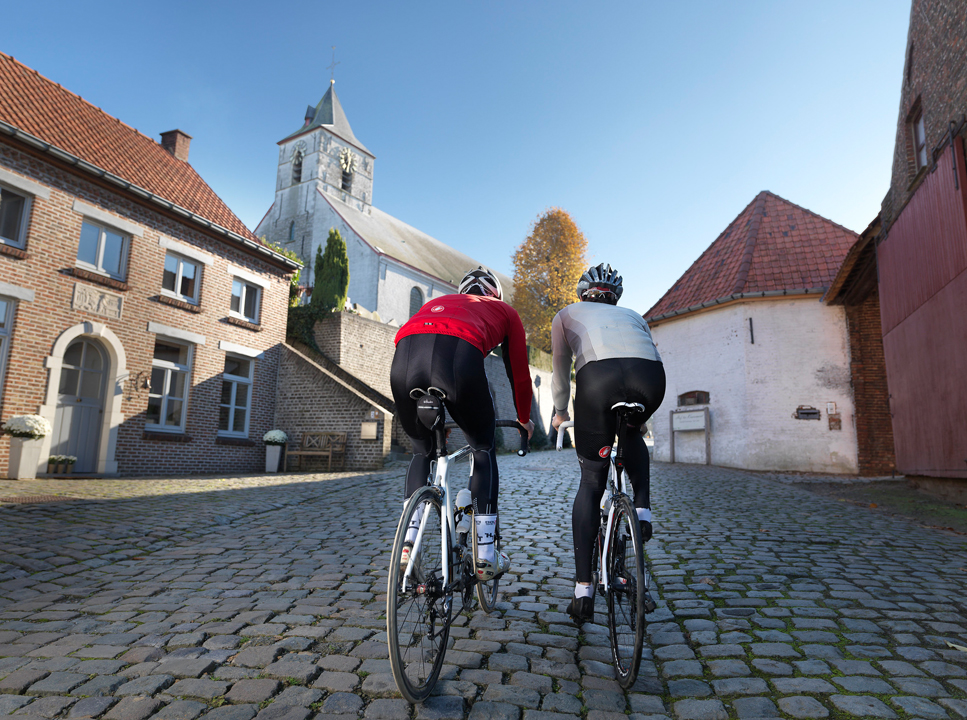
Which was the most exotic place you ever did a ride?
Right before our kids came along my wife and I did a lot of bike packing and we were really crazy. We cycled with a mountain bike through Chiapas in the south of Mexico and through the Guatemalan highlands. That was in a time when mobile phones and GPS didn’t exist, by the way.
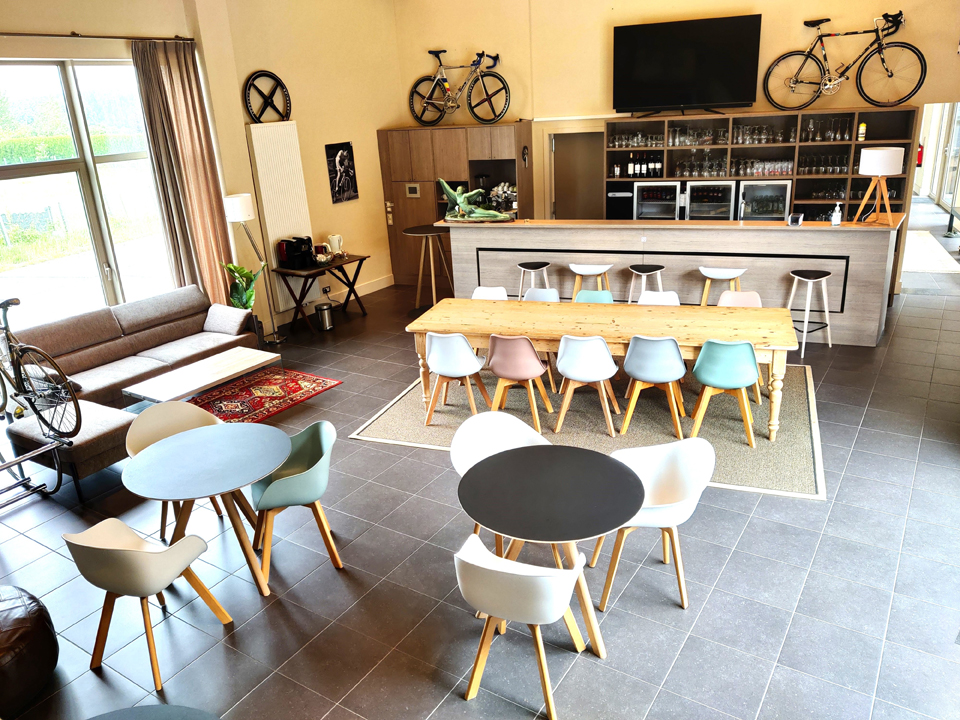
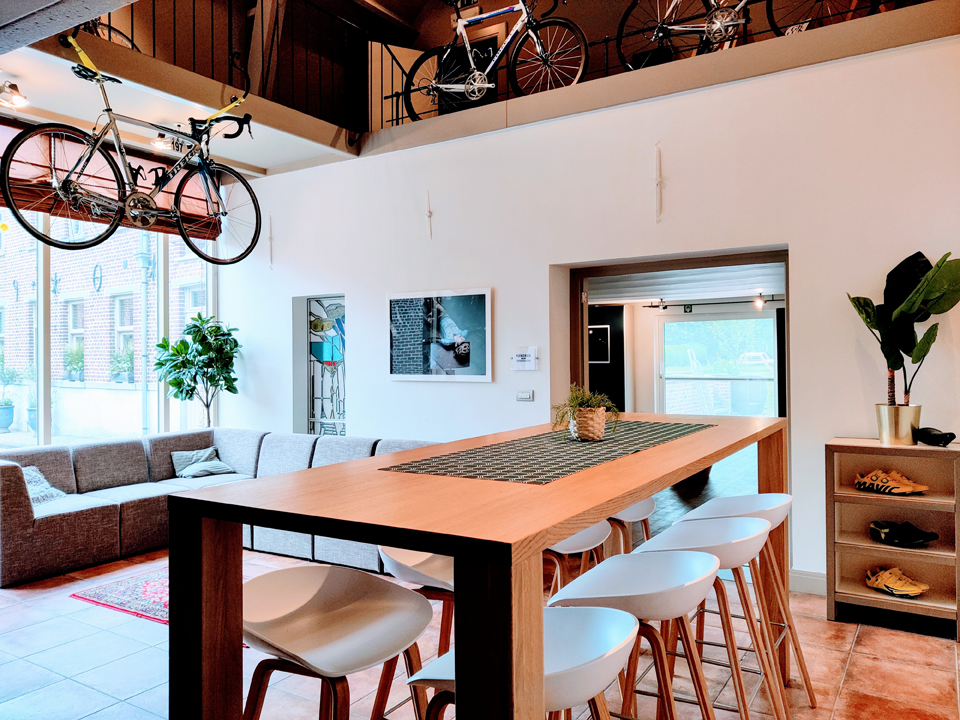
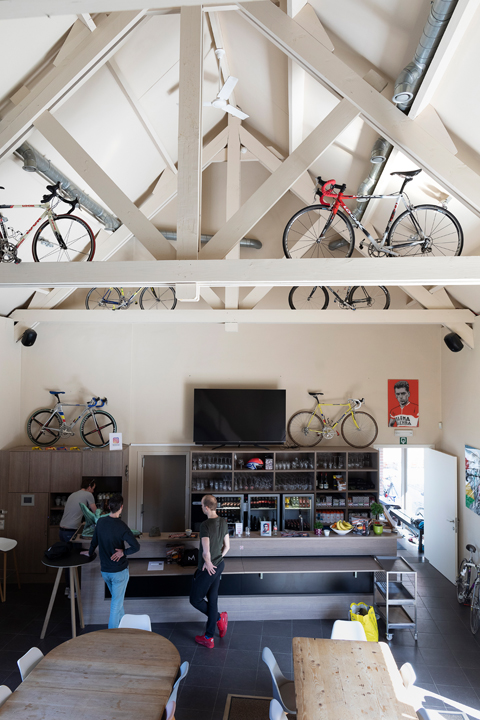
At what age did you develop your passion for cycling?
I guess, we have to talk about two ages, because I started cycling when I was a young kid in Australia. I raced at a top sports level until I was 19 years old. But my family just didn’t have the resources to support me and my passion when my dad got ill. I finished high school and got offered a scholarship at university. That’s where I had to make that hard choice and I took the scholarship. To get me through university, I was working three part-time jobs because the scholarship didn’t cover all of my living expenses. So, within that context, I wasn’t able to compete at a top level in cycling anymore.
Later on, when I was in my late thirties, I just felt something was missing. I’d done very well in my career, but I got to a point where I just wasn’t enjoying it anymore. I took some time out and got back on my bike and started riding. That was when I really discovered that there was this whole other world of the World Master Games and other cycling challenges. That’s when I decided to return to my dream of racing at an international level.
How much time took it to prepare for that goal?
It took me almost four years to get back to that top level and I took a bronze medal in the road race at the World Masters Games in Torino in 2013. In 2010, when we moved back from Berlin to Belgium, I spent two years just getting hammered, just suffering, you know. And I realized that if I wanted to reach a top level than I would have to live and train like a professional.
Did you still work full-time during these years?
That wasn’t possible at all, and I was forced to reinvent myself as I was training more than twenty hours each week. That’s where I discovered keynote speaking which I started in 2011 with my first TED Talk. I also went through the process of writing a book which was very well received by the Financial Times, the Economist and the Wall Street Journal which helped as well. I am now represented by Speaker Ideas, one of the top speakers’ agencies in the world, and quite happy to be established as an international keynote speakers.
I typically give 20 to 30 keynote talks annually and have combined that with my training and travelling for international cycling events. In addition to my World Masters Games medal, it has been amazing to win multiple UCI World Series Races and in 2019 I became European Masters Time Trial Champion.
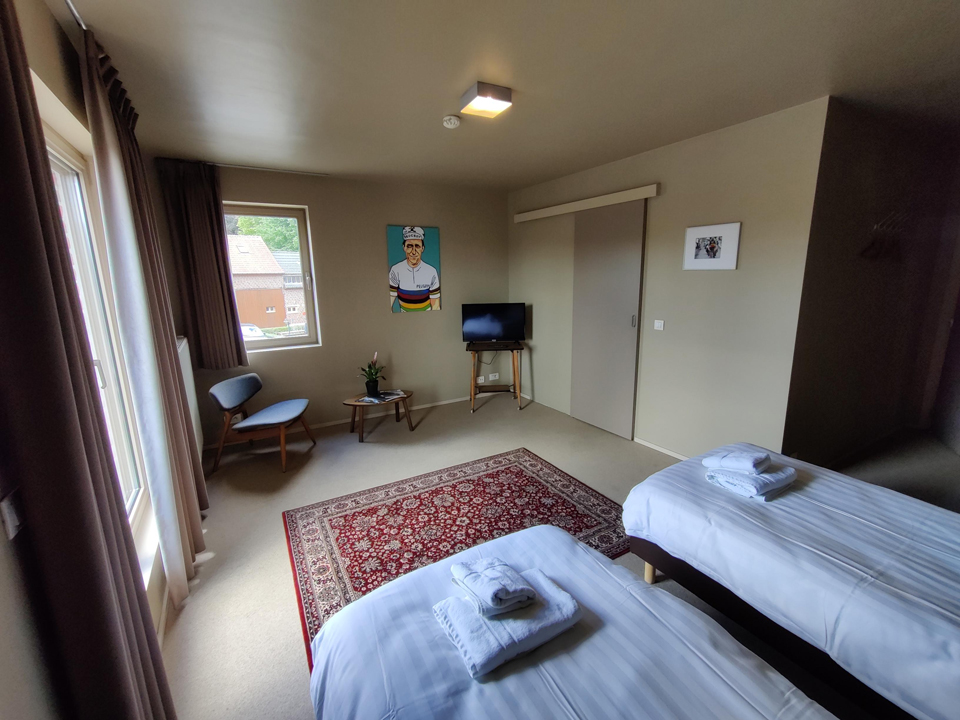
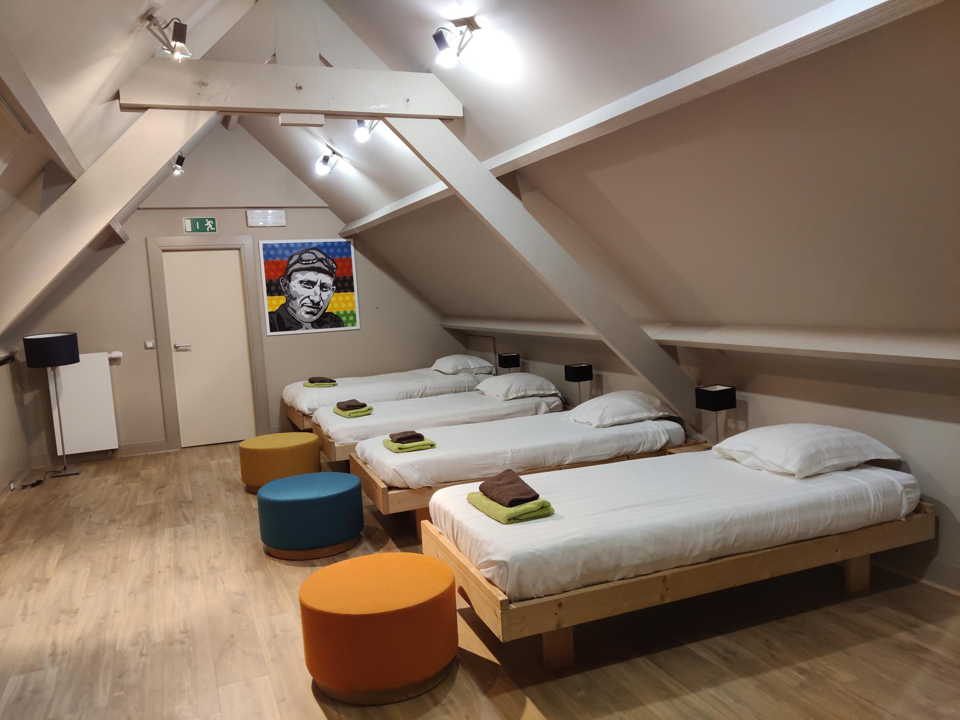
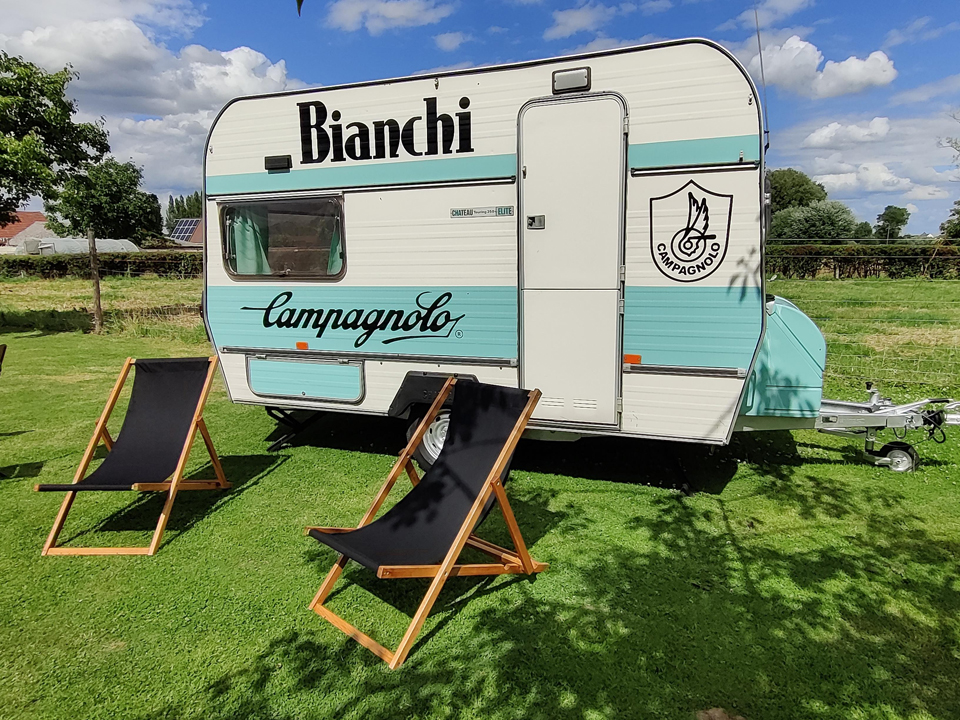
Did you still work full-time during these years?
With covid every wish for expansion paused completely and we focused on the inner lines and on what our brand is, who we are. With this new knowledge and brand awareness we are completely open for different opportunities. On the island, in Spain or Europe. Let’s see where this new level of maturity will take us!
What is the book about?
I wrote a book about what business can learn from art and artists like Picasso, Koons and Hirst which is called “The Fine Art of Success”.
Talking about art. What about the art and design experience at the Flandrien?
We have launched the Flandrien Gallery at the hotel which is a commercial gallery that exhibits artworks from world-renowned photographers, graphic artists, painters and installation artists who create cycling-themed works.
At the moment, we’re running two core exhibitions. We have the exhibition “Grand Tourism” with photo art by Kristof Ramon, the three-time Nikon Sports Press Award winner, and a marvelous Pop Art collection by Belgian artist John Mettepenningen who is known as the “Andy Warhol of Cycling.” And in February we will install our next exhibition, which will be around the cobbled classics.
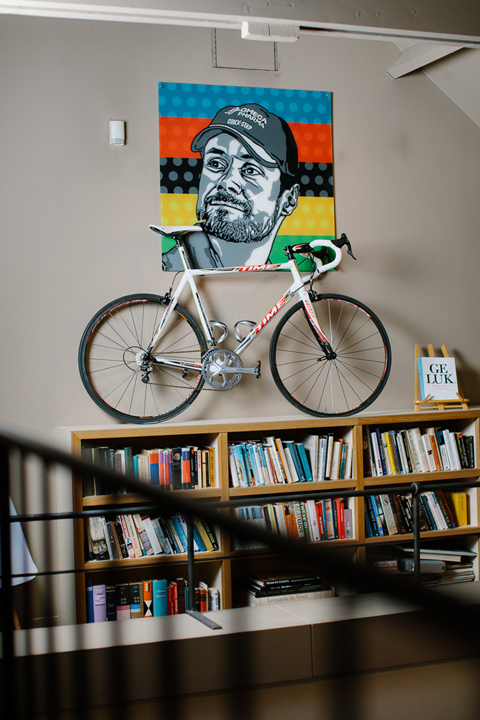
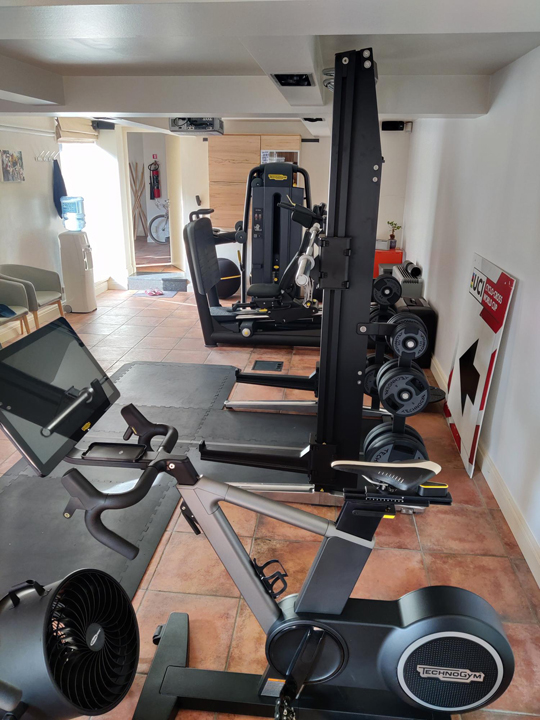
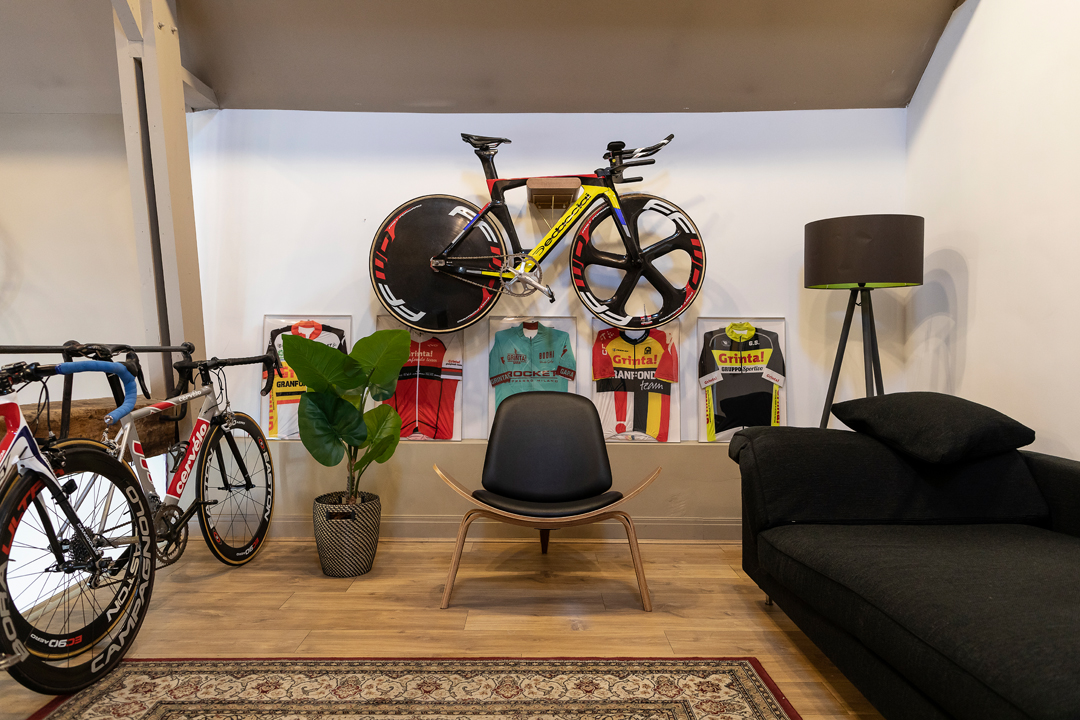
Let’s talk about your fantastic collection of road bikes in the hotel’s museum. Can you pick out three of your favourites?
Oh, that’s difficult (smiles). I have almost 100 bicycles and I’ve curated my collection around major innovations in the industry over the past 40 years. I’ve got a LOOK KG 86, which is one of the La Vie Claire Team bikes, the team of LeMond and Hinault from 1986. That was the arrival of carbon fiber and click pedals in the professional peloton. Then I have a Tom Boonen TIME VXRS bike, the one that was created by the French company when he became world champion in 2005. It’s a very special bike with his signature and the World Champion stripes on it.
The third might be my Specialized Allez Epic from 1989 which represents a major shift in the cycling industry. It is actually one of the first collaborations between an American design and marketing company and an up-and-coming Asian manufacturer, which was Giant. So, that little bike represents this seismic shift from the dominance of Europe in the cycling industry towards North America and Asia.
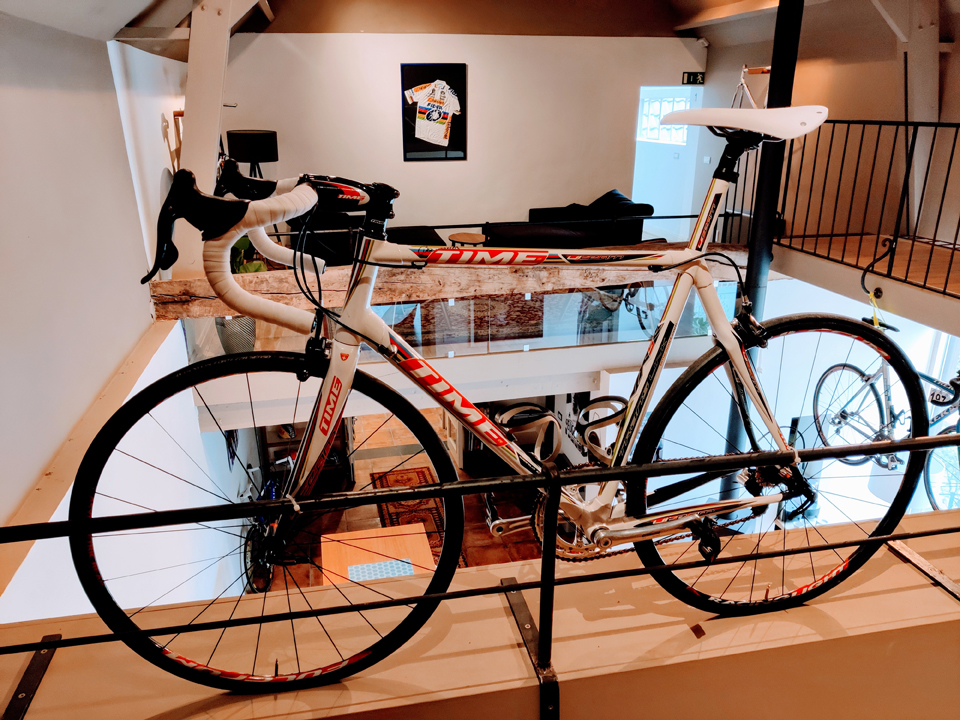
Do you have an all-time favourite professional cyclist?
For me, it’s the Australian Allan Peiper because he embodies all of the values which are at the core of our sport. Grit, determination, perseverance and humility. It’s also about what you can do as an individual to help others to succeed, to accept self-sacrifice and that’s what cycling is so much about. Allan never won big classics like fellow Australian Phil Anderson, but he was a real pioneer.
He was one of the first English-speaking riders who not only came to Belgium to race in the late 70s but made Flanders his home. He returned to the sport to become an excellent Sports Director, leading Tadej Pogačar to two Tour de France victories. Allan is very well respected here in Belgium and he lives just five minutes from here. So, he’s often visiting us which is fantastic considering he was one of my heroes when I was a kid.
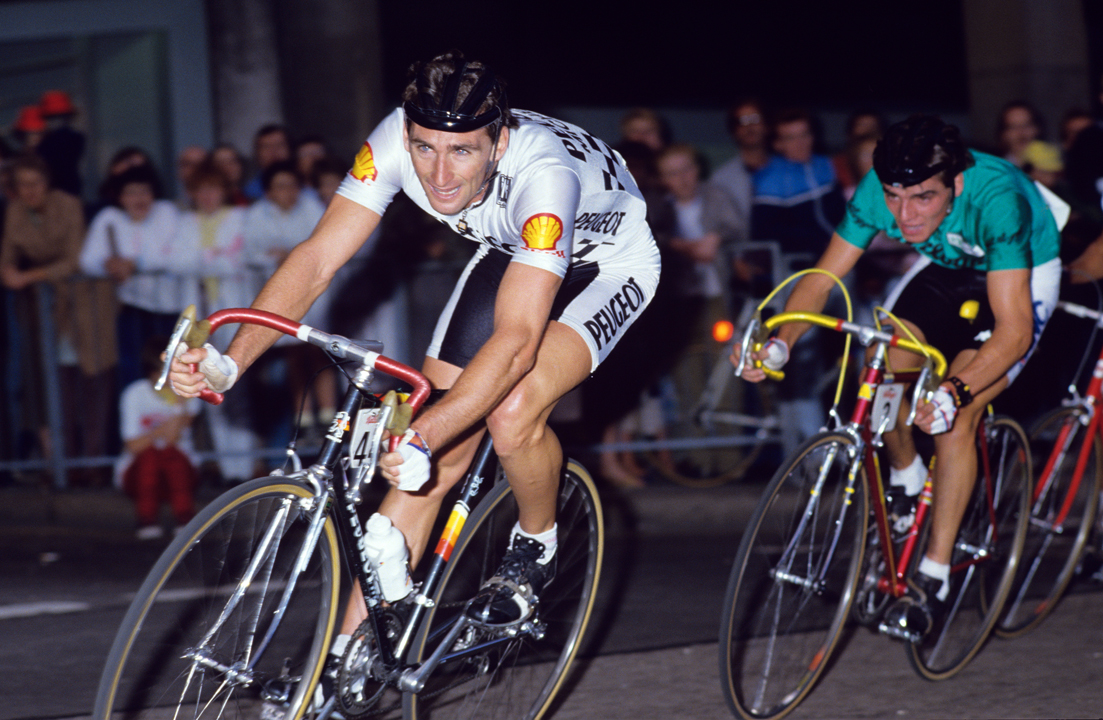
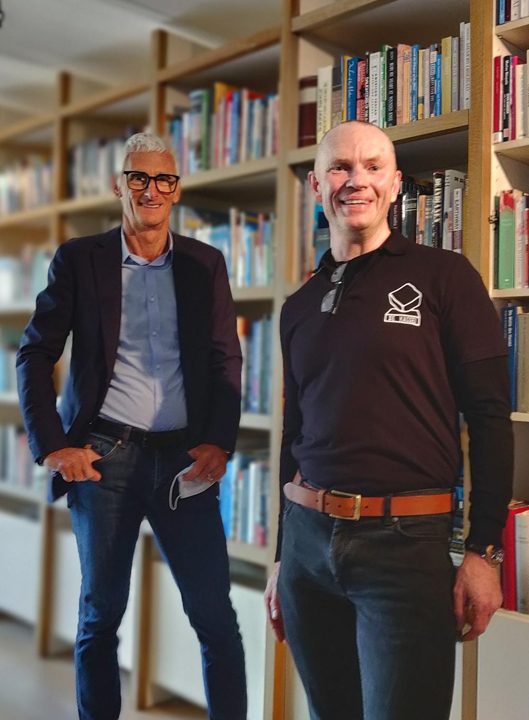
What are the plans for the future?
There are three things that we want to keep doing. The first one is really to keep inspiring people who are passionate about their cycling and want to have an absolutely unforgettable experience. The second thing is to continue to support and grow talent. Whether that’s managers coming on our courses or young talents in cycling. So, we have a very clear mandate to support women’s cycling and development teams. We’re not just giving them a place to stay that’s inspiring, but we are also actively mentoring young athletes on how they’re going to balance a professional sporting career with other life goals.
The third thing that we really want to keep doing is collaborating with creative inspired businesses like Technogym. We’ve got a great relationship with them, and we see how that really works. And that also relates to the art exhibitions we do, which need funding and support by partner brands. Time will tell whether we will also turn our concept into a franchise model or something else. But for now, we are focusing on what we are doing at the Flandrien Hotel because we really enjoy it day by day.
Thank you, Jamie!


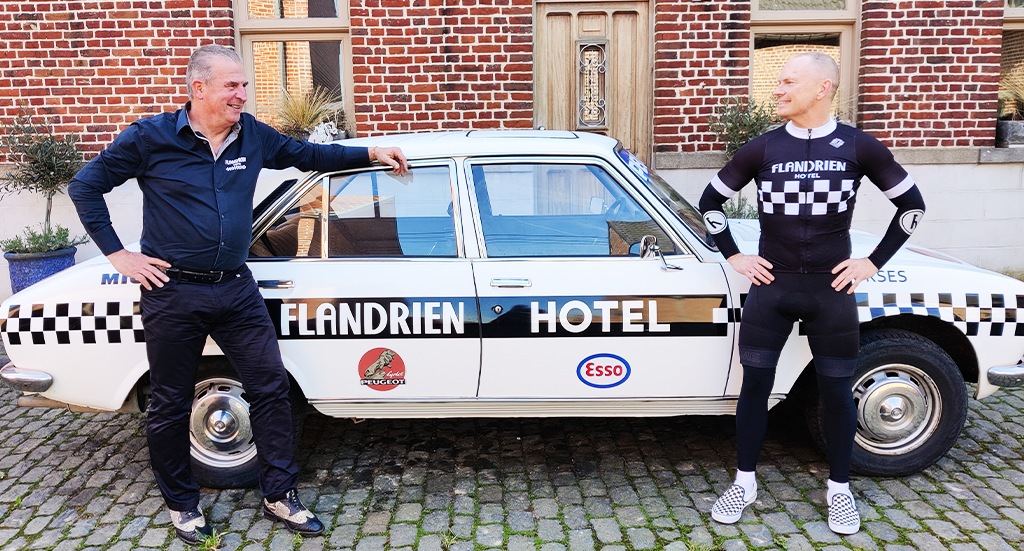
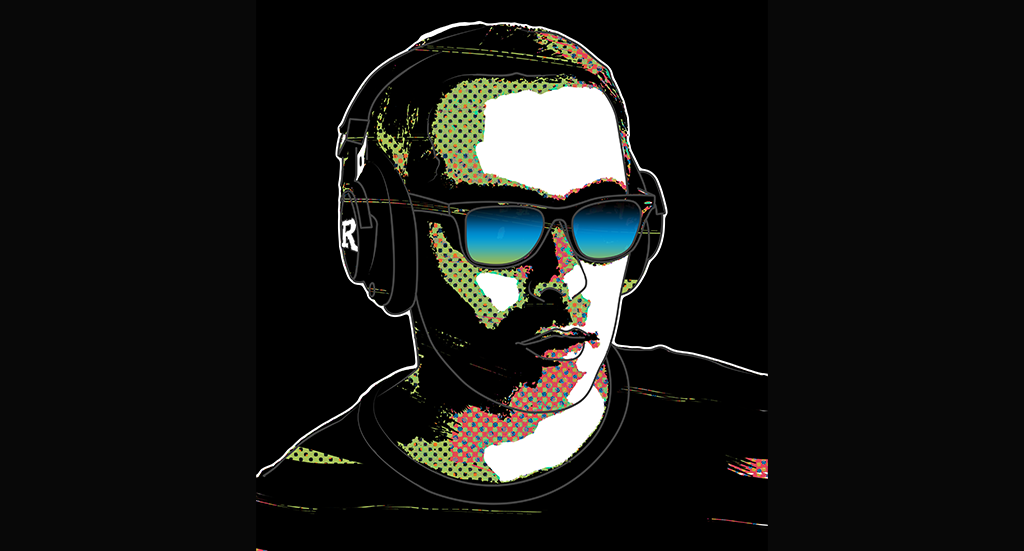
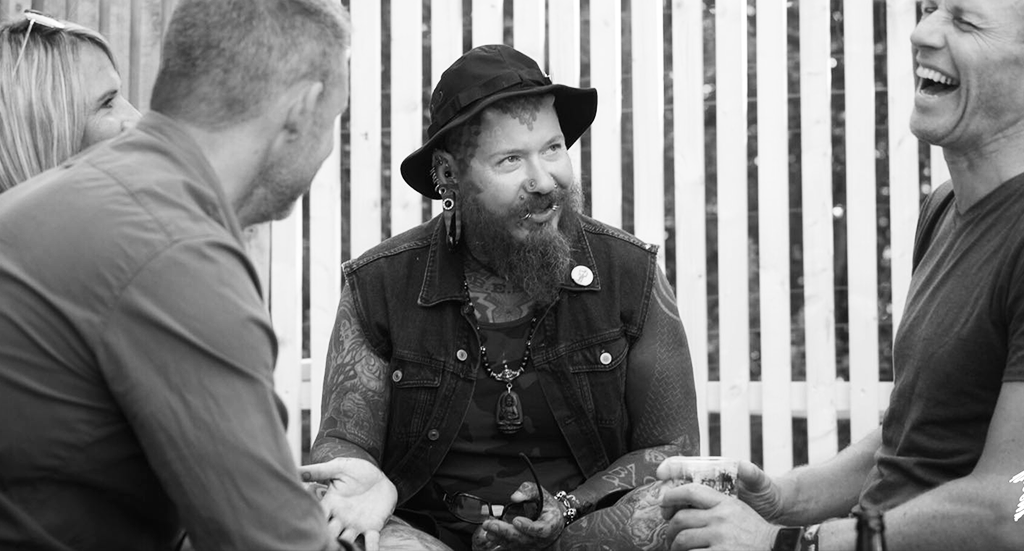
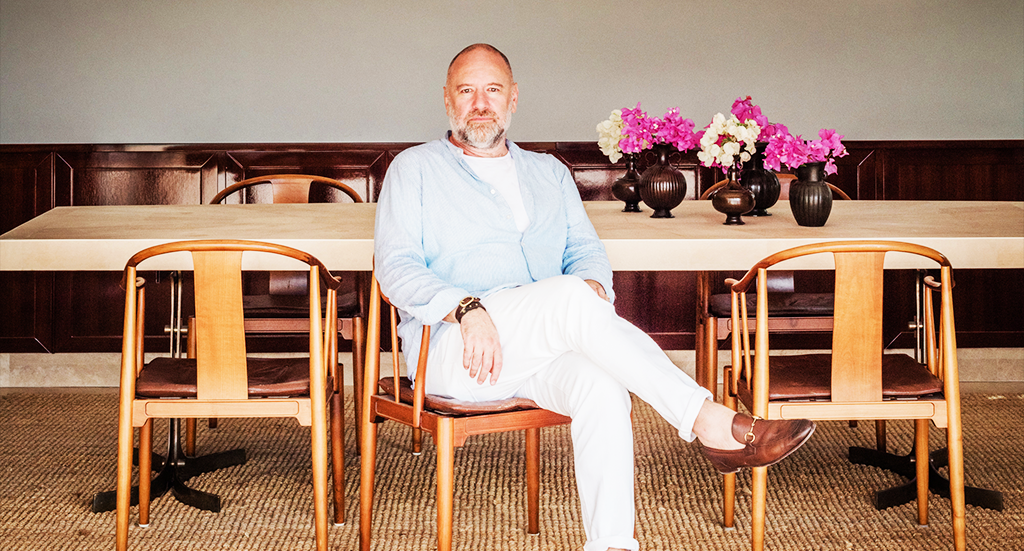
Join our Community